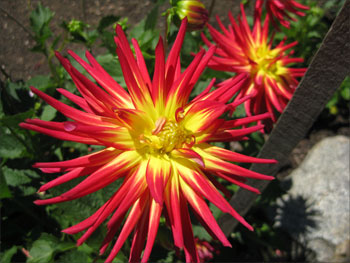Sep13
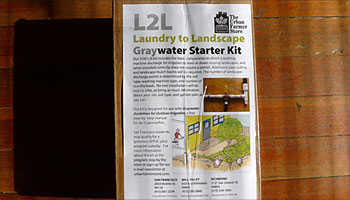
San Francisco offers an excellent greywater pilot program for its residents:
The Laundry-to-Landscape Pilot Graywater Program offers a $112 subsidy towards the cost of a $117 laundry-to-landscape graywater kit. Up to 150 qualifying single-family and two-unit San Francisco residential properties are eligible to participate. In addition to the subsidized laundry-to-landscape kit, participants receive a free workshop on how to properly install your kit, in-home technical assistance from a graywater expert, access to a tool kit for installation, and a copy of the San Francisco Graywater Design Manual for Outdoor Irrigation.
We signed up, and attended a workshop at the Urban Farmer Store in San Francisco. continue reading »
Sep22
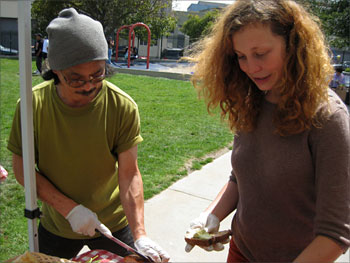
SF Park and Rec has given the Free Farm Stand until October 15 to find a new home. It’s been growing steadily since its inception, and the demand for free fresh food is huge. It would be hard to lose such a valuable resource in the neighborhood.
continue reading »
Mar27
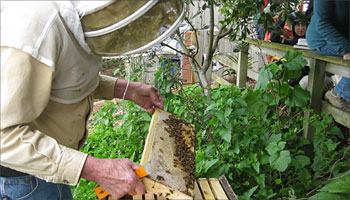
Today I took a class at the Garden for the Environment called Introduction to Urban Beekeeping. This class is part of a series, and for those of you who are in San Francisco and are interested, I recommend checking out the remaining classes. It was taught by Paul Koski of the San Francisco Beekeeper’s Association, a knowledgeable and engaging teacher. I’ve been around bees and hives, but wanted to take this series to see if I felt comfortable starting a hive in my backyard. continue reading »
Mar21
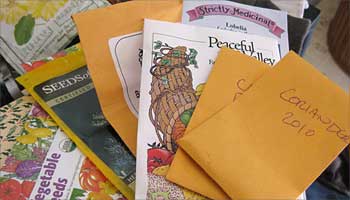
I have long been a proponent of saving and exchanging seeds and small regional seed companies, but recently I was shocked by two news stories in the world of commercial seeds. The first was the purchase of two of the largest seed suppliers in the country by Monsanto: Seminis, purchased in 2005, controlled 40% of the U.S. seed market at the time, and De Ruiter Seeds Group BV, a large Dutch vegetable seed breeder in 2008. This feels pretty ominous to me, that Monsanto, with their “copyright everything that exists” policy, should have such a large control over our seeds.
The second piece of news, which was more recent, was the discovery of a newly discovered pathogen that exists in much higher concentration in Roundup Ready soybeans and corn that may be responsible for “significant harm” to both plants and animals. continue reading »
Jun24
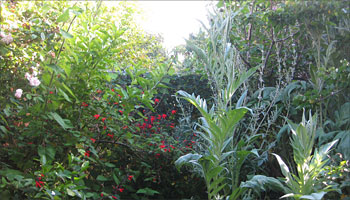
It’s really close to the solstice, and I’m experiencing a familiar feeling — too many possibilities. This is a time for me when work slows down and I try to focus on personal projects, as well as exploring new technologies and just learning.
When I go out into the garden, there’s so much to do, everywhere I look something needs attention. Instead of getting overwhelmed, I need to learn how to feel content with just doing a little bit at a time, instead of doing it all perfectly. continue reading »


